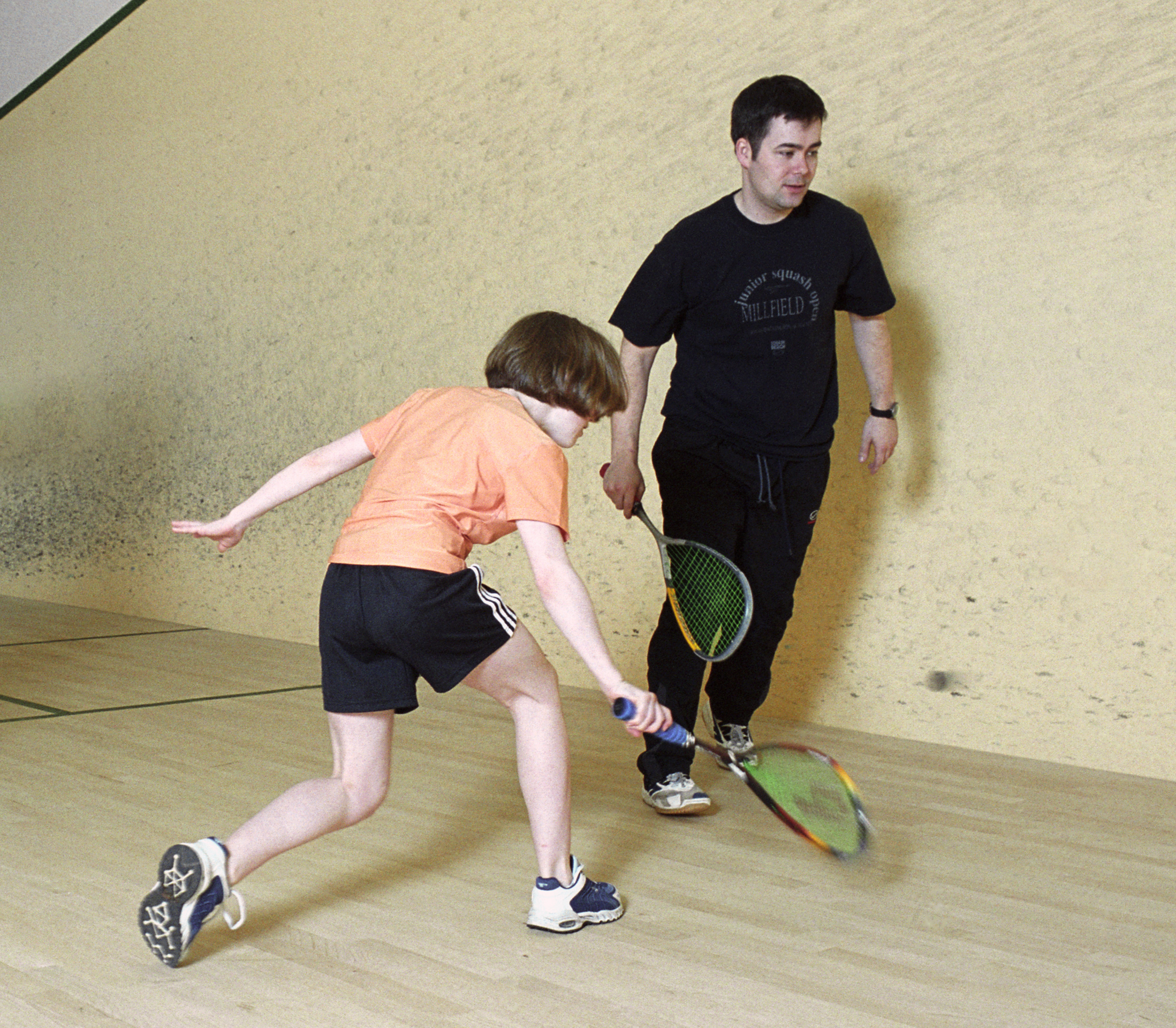By Richard Millman, Director of Squash, Kiawah Island Club
All over the world, and particularly in the USA, a multitude of students and teachers engage in the mutual learning experience. Students attempt to glean what they can from coaches and coaches probably learn more as teachers than they ever did as students. And so the wheel of knowledge makes its steady turn with all of us included as old or young spokes.
I’ve been lucky enough to have been a student of this game since 1971 and a teacher of some sort since 1976. As I continue in the process some thoughts have suggested themselves to me as to how to make the best of the learning opportunity. Additionally, I have been lucky enough to work with some talented students and parents who have also come up with some really helpful ideas in support of the learning process.
As a result I have put together this two-part guide: “How to take a lesson—Or getting the most out of the coaching experience”.

Private Lessons
As you may or may not be aware, there is accepted thinking that students learn in three main ways: Intellectually—by comprehending the idea; Kinetically—by feeling or modeling the idea; and Mimicry—by watching and copying (so-called visual learners).
As a general rule I find that although some people find one or the other system easier, using some combination of all three produces the most effective results. The trick, of course, is to identify the most palatable combination for the student at hand. Beyond that, however, there are some important tips that can really speed the process for the student.
To begin with, as a student you need to realize that you—not the coach—should be taking ownership of your lesson. This may seem difficult, especially for children, as a strong and dominant coach can often overawe a young student, or even an older one. But remember: This is your lesson. The coach is working for you; you are not working for the coach, although the coach may well push you to work hard. This dynamic is often where things go wrong.
Frequently a subservient student begins to look for approval from the dominant coach. As coaches, it is our responsibility to make it clear to the student that, while we are there to help to the best of our ability, ultimately the student must take responsibility for their own actions. After all, it won’t be the coach playing in the first round of the girls under-13 open. It will be Katie—and she will be the one making choices and decisions, not the coach. So she had better know what she’s doing. For this reason, students should never accept advice just because a coach tells them to do something. Rather they should make sure that they clearly understand and agree with the advice, and that they clearly understand where the advice fits into the big picture of squash (i.e., the game as a whole).
This area of basic technical coaching is actually a minefield that can not only result in advice that fails to help the student progress, but also (frequently) can hold them back for years. Why? Well it is very easy to create a situation where neither the student nor the coach can see the proverbial wood for the trees. Say for instance that we are learning a basic forehand drive. If the emphasis is the stroke production and formation, and the advice given only relates to a single stroke, the effect is to create an artificial environment. After all, there is no such thing in squash as a one shot rally, but by coaching stroke production in isolation from movement and the constructive rally mentality, students are conditioned to focus on a disjointed version of the game. Under such circumstances these people always fall behind the pace of the rally in competitive play, because their focus is on hitting beautifully formed strokes—having inferred from the coach that this is the key to the game. As you see, focus on a single element without adequate explanation and connection to the big picture does actual damage rather than good.
When learning technique, the big picture must be continually emphasized and the student must be aware that the lesson at hand is not the whole, but simply one stage in a wonderful and gradually building process.


